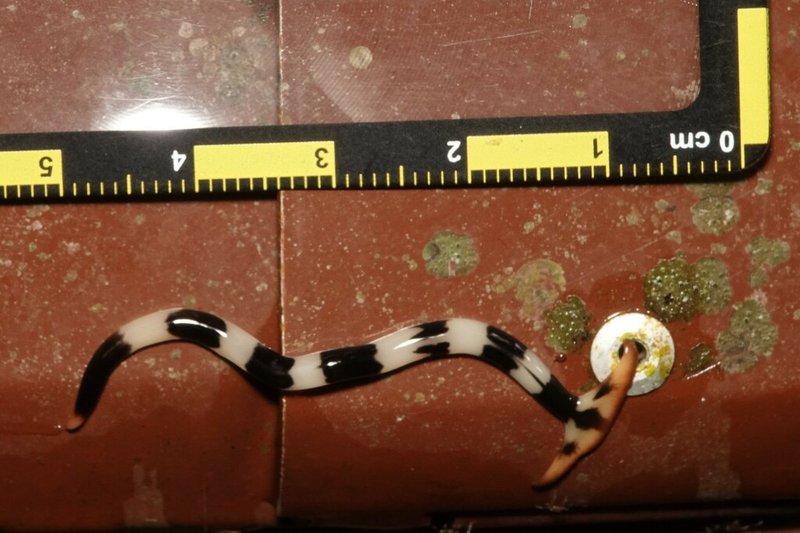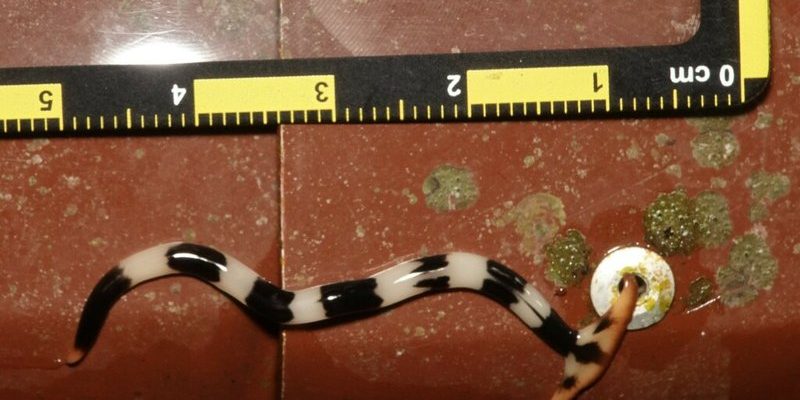
So why should we care about a worm? Well, the *Malayan hammerhead worm* is a great example of how species can impact ecosystems in ways we might not expect. Here’s the thing: these creatures can be both helpful and harmful. They play complex roles in their habitats, and understanding this can provide insights into broader environmental issues.
Let’s dive into the nitty-gritty. We’ll explore the benefits they bring to their ecosystems, like controlling pests and enriching the soil. At the same time, we’ll discuss the potential downsides of their presence, including the risks they pose to native species. Ready for a wormy adventure? Let’s go!
What Are Malayan Hammerhead Worms?
The *Malayan hammerhead worm* (*Bipalium spp.*) is a member of the flatworm family and is native to Southeast Asia, especially Malaysia. You might be surprised to learn that these worms can grow quite long—up to a foot or more! Their distinctive hammer-shaped head is not just for show; it helps them navigate their environment and hunt for food.
These worms are primarily carnivorous, feeding on small invertebrates like earthworms and slugs. When they’re not munching on their prey, they can be found lurking in moist environments, often under leaves or in soil. You might even spot them creeping around after rainfalls, as they thrive in humid conditions.
So, why should you keep an eye out for these peculiar creatures? Well, their ecological roles can be both fascinating and concerning. Let’s unpack that.
Ecological Benefits of Malayan Hammerhead Worms
When it comes to benefits, the *Malayan hammerhead worm* offers some interesting advantages in its ecosystem. Here are a few noteworthy points:
- Pest Control: These worms are natural predators of many garden pests. By feeding on harmful insects like slugs and larvae, they can help keep pest populations in check.
- Soil Aeration: As they move through the soil, hammerhead worms create tunnels. This activity promotes better air circulation and drainage, which can enhance soil health.
- Nutrient Recycling: By consuming decomposing organic matter and other invertebrates, these worms contribute to nutrient cycling. Their waste can enrich the soil, supporting plant growth.
It’s like having a natural gardener in your backyard! The benefits are undeniable, especially for those exploring organic gardening. However, while they seem like a boon for ecosystems, it’s important to remember the other side of the coin.
Potential Drawbacks of Malayan Hammerhead Worms
Despite the positive aspects, the *Malayan hammerhead worm* brings some significant drawbacks that can’t be ignored. Here’s why these worms might not be the eco-friendly heroes we think they are:
- Threat to Native Species: These worms are voracious predators. By feeding on native earthworms, they can significantly disrupt local ecosystems. This can lead to declines in native species, affecting soil health and plant growth.
- Invasive Species: Their rapid reproduction and ability to thrive in new environments make them invasive in areas outside their native range. This adaptability can lead to ecological imbalances.
- Toxicity Concerns: The *Malayan hammerhead worm* produces toxins that can be harmful to other animals. These toxins can affect not only native wildlife but also pets that might accidentally ingest them.
Honestly, it’s a mixed bag. While they do offer benefits, their potential to disrupt ecosystems can create serious challenges—especially in environments where they don’t belong. Speaking of which, let’s take a closer look at their impact on local ecosystems.
The Impact of Malayan Hammerhead Worms on Local Ecosystems
Understanding the impact of the *Malayan hammerhead worm* involves delving into their complex relationships within ecosystems. Whenever a new species is introduced, it can create a ripple effect.
One major concern is their role as predators. By feeding on local earthworms, they can change the dynamics of soil communities. We rely on native earthworms to aerate the soil and promote healthy plant growth. When a new predator comes in and starts to decimate their populations, it’s like a domino effect: less aeration, less nutrient cycling, and potentially poorer crop yields.
Moreover, their status as invasive species can mean they outcompete native worms for resources. In places where they’ve been introduced, we often see a decline in the richness and diversity of local soil fauna. You might be wondering, “So, what’s the big deal?” Well, healthy ecosystems depend on this diversity.
Human Interaction with Malayan Hammerhead Worms
As *Malayan hammerhead worms* gain attention, they’ve sparked curiosity—and concerns—among humans. Gardeners and nature enthusiasts often encounter these worms and wonder how to handle them.
For gardeners, the presence of hammerhead worms can be a double-edged sword. While they might help with pest control, their appetite for native earthworms can complicate things. Here are some tips if you find them in your garden:
- Observe: Before taking action, observe the worm’s behavior. If they seem more harmful than helpful, consider removal.
- Remove Carefully: If you decide to remove them, do so gently. Use gloves to protect yourself from any potential toxins.
- Research: Learn more about local ecosystems and how these worms affect them. Knowledge is key to making informed decisions.
It’s fascinating how our decisions can impact ecosystems, even when it comes to a creature as small as a worm.
Future Outlook for Malayan Hammerhead Worms
Looking ahead, the future of *Malayan hammerhead worms* is uncertain. With climate change and increasing human activities altering habitats, these worms may either thrive or face threats themselves. Their adaptability has allowed them to spread to new areas, but this also depends on environmental conditions.
Conservation efforts are essential in managing invasive species like these worms. Protecting native habitats and monitoring worm populations can help mitigate their impact. It’s a balancing act: we need to appreciate their ecological roles while also being aware of the risks they pose.
As we continue to study *Malayan hammerhead worms*, researchers are uncovering more about their behaviors and interactions. This knowledge is crucial for informing conservation strategies and guiding efforts to protect our ecosystems.
Final Thoughts
The *Malayan hammerhead worm* is a captivating yet controversial creature. It offers intriguing benefits, like pest control and soil health, while also posing significant risks to native ecosystems. As with many things in nature, the key lies in balance.
Understanding these worms can help us navigate the complexities of our environment. By being informed and proactive, we can appreciate the role of the *Malayan hammerhead worm* while also safeguarding our local ecosystems. So, the next time you stumble across one of these hammer-headed wonders, think about the delicate dance of nature and the impact we all have on it.

